Description
Objective of the Book:
To empower ordinary citizens with the knowledge and skills
necessary to effectively respond to crises, transforming them into
proactive lifesaving champions.
2. Book Structure:
The book is structured into three main parts: Understanding Crisis
Dynamics, Building Preparedness Skills, and Real-World
Applications. Each part contains chapters that delve into specific
aspects of crisis management, providing readers with a
comprehensive guide to becoming first responders in their own
lives.
– The New Reality of Crisis
– You Are the First Responder
– Mental Preparedness: The Calm in the Storm
– Physical Fitness: Your Body as a Tool
– Essential Skills: Self-Defense and First Aid
– Situational Awareness: Seeing the Unseen
– The Tools of Preparedness
– Community Preparedness: Strength in Numbers
– Real-Life Heroes: Stories of Survival
– Taking Action: Your Preparedness Plan
– The Call to Action: Don’t Wait for Disaster
3. Main Characters:
The Mentor: An experienced crisis management expert who
guides readers through the principles of preparedness and shares
invaluable insights.
The Survivor: A relatable individual who has faced a crisis and
emerged stronger, providing real-life examples of the importance
of being prepared.
The Skeptic: A character who initially doubts the need for
preparedness but undergoes a transformation through the book’s
teachings.
4. Central Themes:
Empowerment: The book emphasizes that individuals have the
power to take control of their safety and the safety of others.
Responsibility: Highlighting the importance of personal
responsibility in crisis situations and the role of citizens as first
responders.
Community: The significance of building a supportive community
that collaborates in preparedness efforts and crisis response.
5. Writing Style:
The writing style should be engaging, motivational, and accessible,
using a conversational tone that encourages readers to take
action. It should blend informative content with compelling
narratives and practical tips, making the material relatable and
easy to digest.
6. Reader Engagement Strategy:
To keep readers engaged from the first page to the last, the book
will employ a dynamic blend of storytelling and practical advice.
Each chapter will open with a gripping anecdote or a real-life
scenario that illustrates the importance of the topic at hand,
drawing readers in with relatable experiences. Interactive
elements, such as self-assessment quizzes and action prompts,
will encourage readers to reflect on their own preparedness and
apply what they learn immediately. By weaving in inspiring stories
of real-life heroes and the transformative journeys of characters
like The Skeptic, readers will feel a personal connection to the
material, fostering a sense of urgency and empowerment
throughout the book.
7. Final Considerations:
This book is not just a guide; it’s a movement towards a more
prepared and resilient society. By empowering ordinary citizens
with the knowledge and skills to respond to crises, it transforms
them into proactive lifesaving champions. The structure is
thoughtfully designed to build upon each concept, ensuring that
readers not only understand the dynamics of crises but also feel
equipped to take action. The blend of practical skills, mental
preparedness, and community involvement creates a holistic
approach to crisis management that is both timely and essential.
8. Chapter structure and a brief summary of the content of
each chapter:
The New Reality of Crisis: This chapter discusses the various types
of crises that can occur in everyday life, from natural disasters to
man-made emergencies, emphasizing the importance of being
prepared.
You Are the First Responder: Readers will learn why they cannot
rely solely on emergency services and how their immediate
actions can significantly impact outcomes during a crisis.
Mental Preparedness: The Calm in the Storm: This chapter focuses
on techniques for mental resilience, including stress management
and quick decision-making under pressure.
Physical Fitness: Your Body as a Tool: Readers will discover the
importance of physical health in crisis situations and practical
exercises to improve their fitness levels.
Essential Skills: Self-Defense and First Aid: This chapter provides an
overview of self-defense techniques and first-aid skills that
everyone should master to be prepared for emergencies.
Situational Awareness: Seeing the Unseen: Readers will learn how
to enhance their situational awareness to identify potential threats
before they escalate into crises.
The Tools of Preparedness: This chapter outlines essential tools
and resources that individuals should have on hand to respond
effectively to various crises.
Community Preparedness: Strength in Numbers: Readers will
explore the importance of community involvement and how to
create a support system for crisis situations.
Real-Life Heroes: Stories of Survival: This chapter shares powerful
stories of individuals who successfully navigated crises,
highlighting the impact of preparedness and quick thinking.
Taking Action: Your Preparedness Plan: Readers will be guided
through the process of developing their own crisis preparedness
plan, tailored to their unique circumstances.
The Call to Action: Don’t Wait for Disaster: The final chapter
emphasizes the urgency of preparedness and motivates readers to
take immediate steps to become their own first responders.
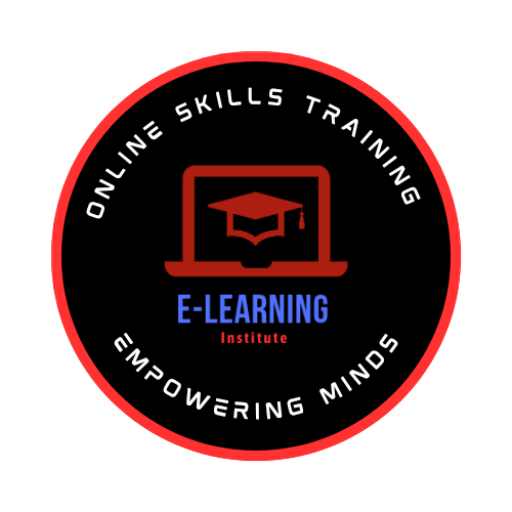
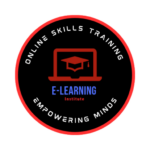
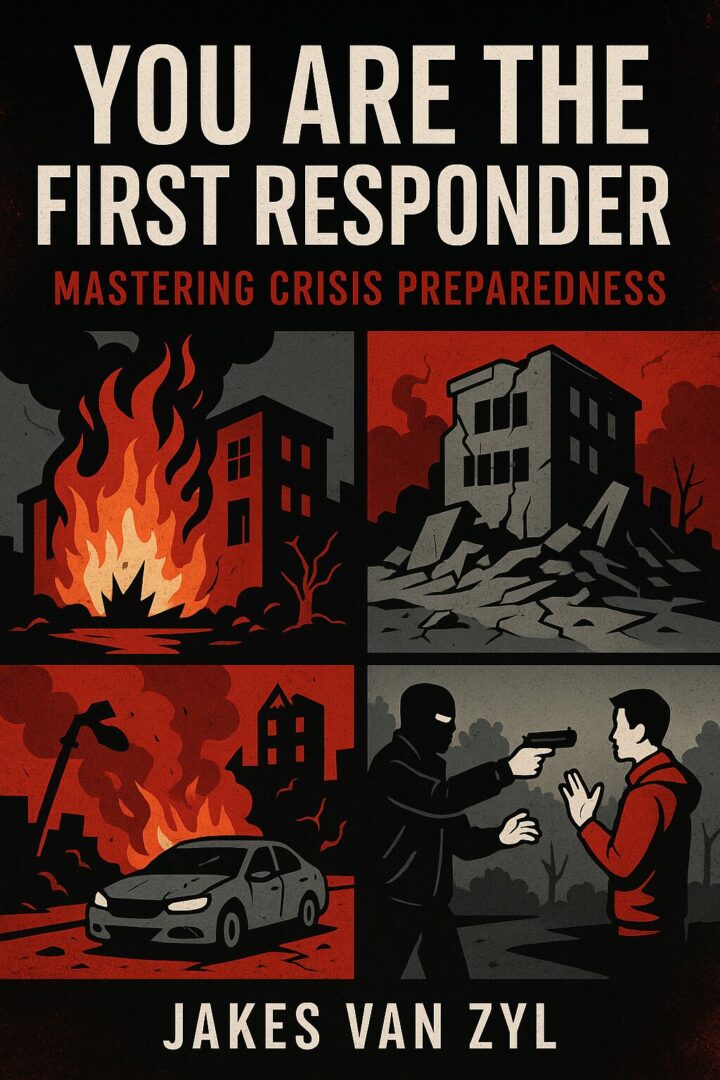
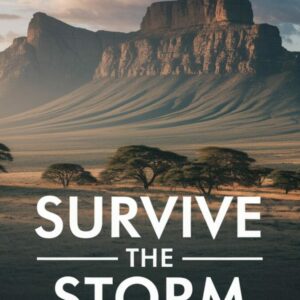
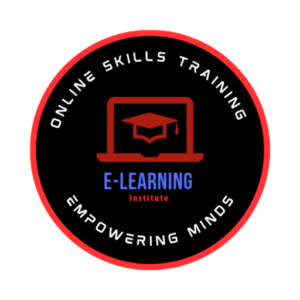

Reviews
There are no reviews yet.